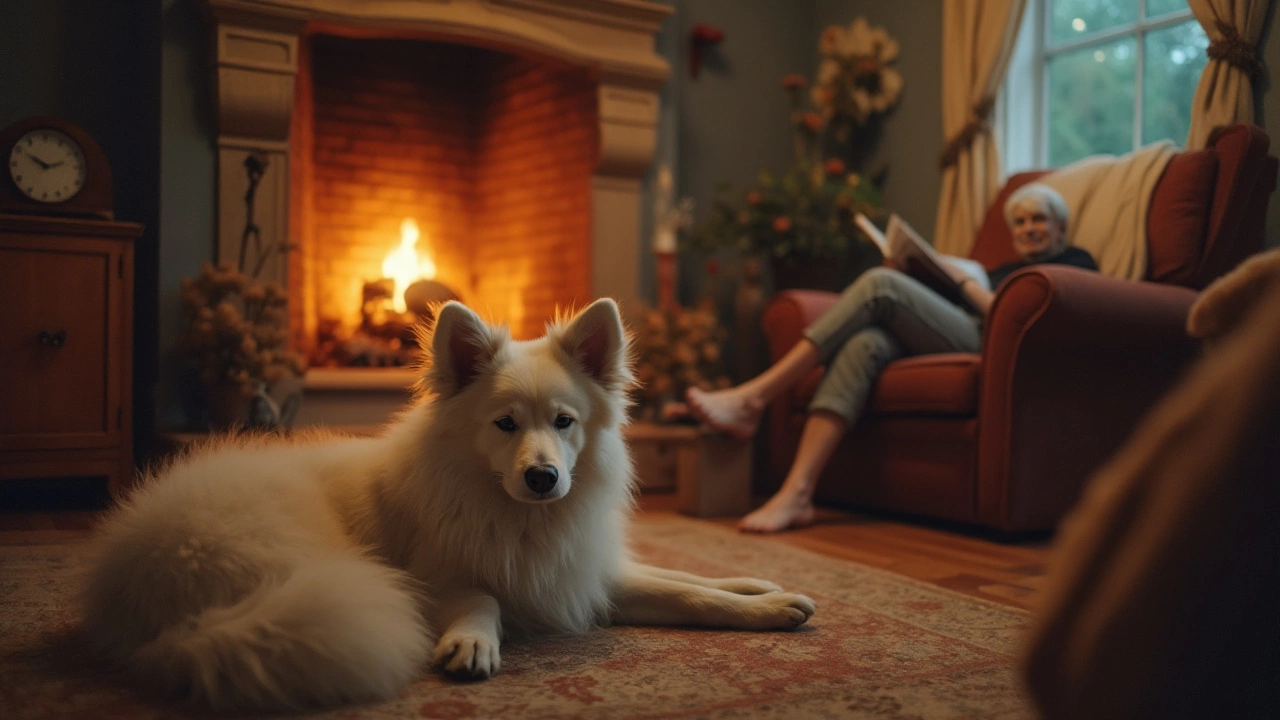Pet Behavior: Simple Tips to Keep Your Dog Calm and Healthy
Got a noisy pup or a confused puppy? You’re not alone. Most dog owners struggle with barking, feeding, and basic training at some point. The good news? Small changes can make a big difference, and you don’t need fancy gear or endless hours of research.
Stop Excessive Barking Without Harsh Collars
First, figure out why your dog is barking. Is it boredom, fear, or a call for attention? When you match the cause, the fix becomes easier. Try a three‑step approach:
- Identify the trigger. Notice if the bark happens at the door, during walks, or when you’re on the phone.
- Teach a quiet cue. Use a calm “quiet” command paired with a tasty treat when the dog stops.
- Provide an alternative. Offer a chew toy or a puzzle feeder to keep his mind busy.
If you need extra help, consider humane bark‑collar alternatives like vibration or scent‑based tools, but always pair them with positive training. Our article “What Really Stops Dogs From Barking?” walks you through a checklist you can start using today.
Healthy Feeding & Training Tips for Puppies and Adults
Feeding once a day might sound simple, but vets usually recommend splitting meals into two or three portions, especially for active dogs. A balanced schedule supports steady energy and better digestion. Look for high‑quality protein, limited fillers, and keep treats under 10% of daily calories.
When you’re training, keep sessions short—5 to 10 minutes works best. Dogs learn faster when they’re focused, not exhausted. End each session with a quick “yes” cue and a treat, then move on to the next skill. This keeps the learning curve smooth and prevents frustration.
Got a new puppy roaming the house? Start with a safe, puppy‑proofed area and introduce one room at a time. Use a crate or a playpen to set clear boundaries while you teach basic commands. Our guide “When to Let Your Puppy Roam the House” shares timing tricks that avoid accidents and stress.
Vaccinations are another essential part of pet behavior health. Knowing the right schedule helps you plan vet visits without surprise gaps. Our article “How Often Should You Vaccinate Your Pet?” breaks down the timing for both dogs and cats, so you can stay on track.
Lastly, remember that your dog’s behavior reflects his overall well‑being. A well‑fed, well‑exercised dog is less likely to develop anxiety‑driven habits like excessive barking or destructive chewing. Regular walks—preferably with safe routes—and mental games, such as scent searches, keep the mind sharp.
If you’re curious about deeper topics, check out posts like “Gentle Alternatives to Bark Collars,” “How Long Should Dog Training Sessions Last?”, and “Best Dog Training Collars: What the Pros Recommend in 2025.” Each piece offers practical steps you can try right away.Bottom line: start small, stay consistent, and reward good behavior. Your dog will thank you with calmer evenings and happier days.

Do Dogs Sleep Next to Their Favorite Person? Answers Every Pet Parent Needs
Ever wondered why your dog insists on sleeping as close to you as possible? This article digs into whether dogs really do pick a favorite person to sleep next to and what influences their snuggle choices. Find out how your dog's sleeping spot says a lot about their relationship with you. You'll also get tips for choosing the best bed for your pup and learn some quirky facts about canine sleeping habits. Make your dog's sleep both cozy and meaningful—with a clear idea of what their choices mean.
View more
Do Dogs Recognize Bedtime: Insights and Tips for Pet Owners
Dogs are remarkable creatures with a keen sense of routine. Pet owners often wonder if their furry friends can recognize when it's time to hit the hay. This article delves into the behavioral cues and biological factors that indicate how dogs perceive bedtime. It provides insights into creating a harmonious bedtime routine for pets, making holiday travels easier on everyone. Learn how to ensure your dog's sleeping schedule aligns with your travel plans and some tips to help them adjust.
View more